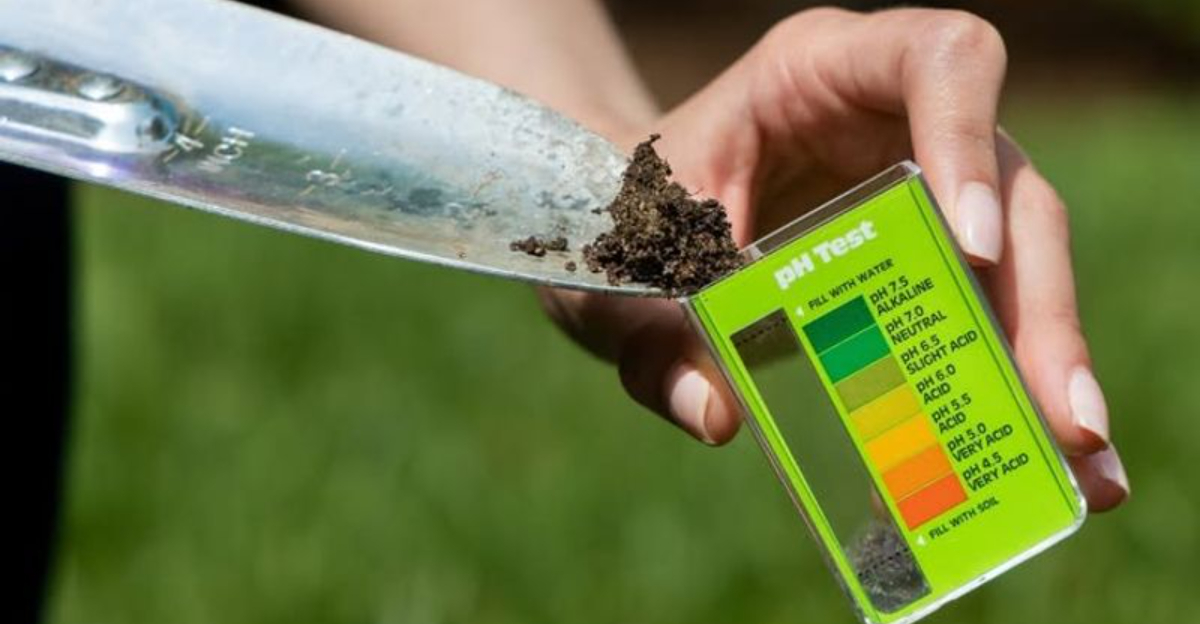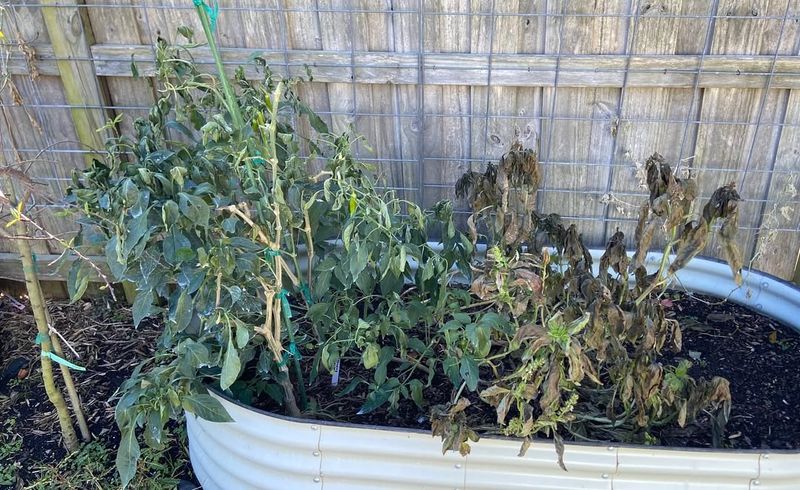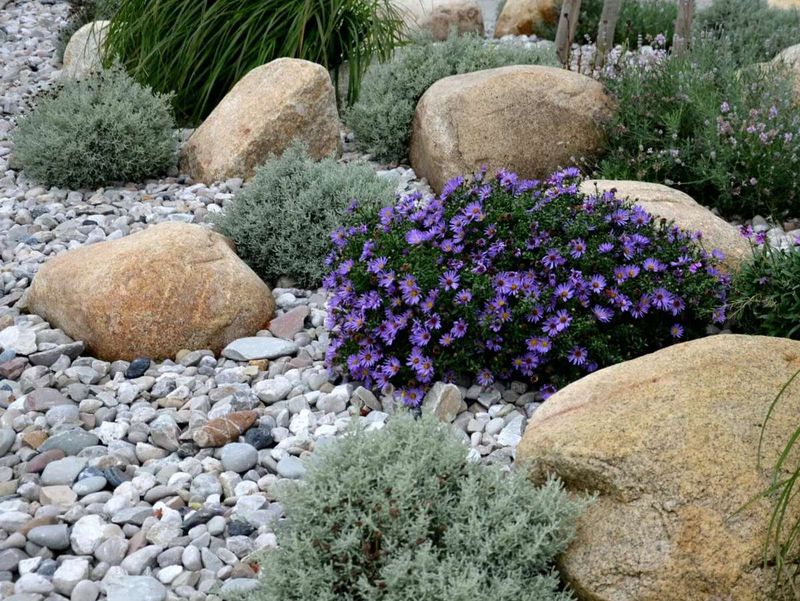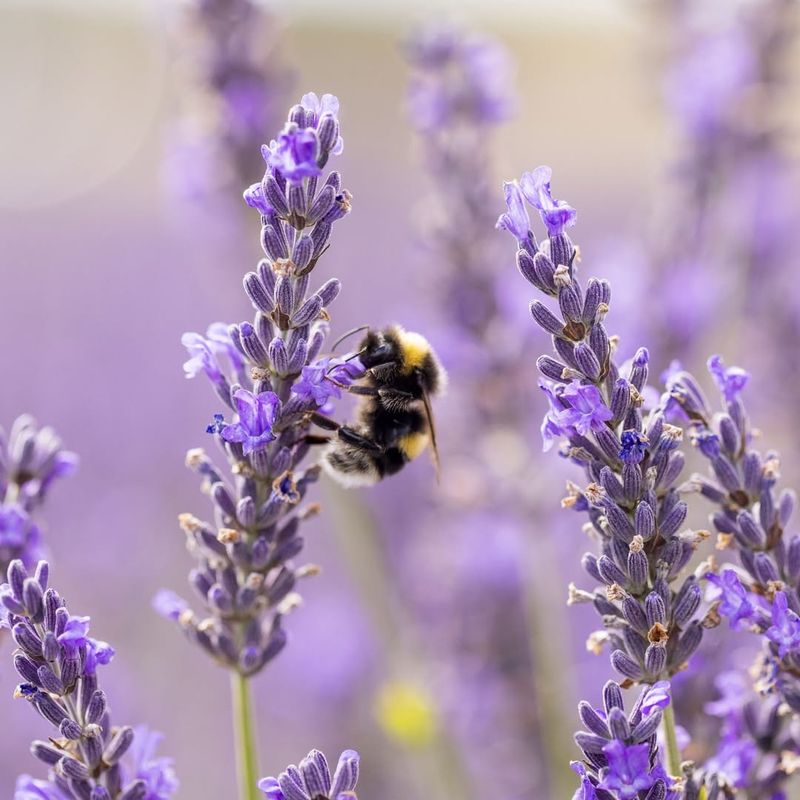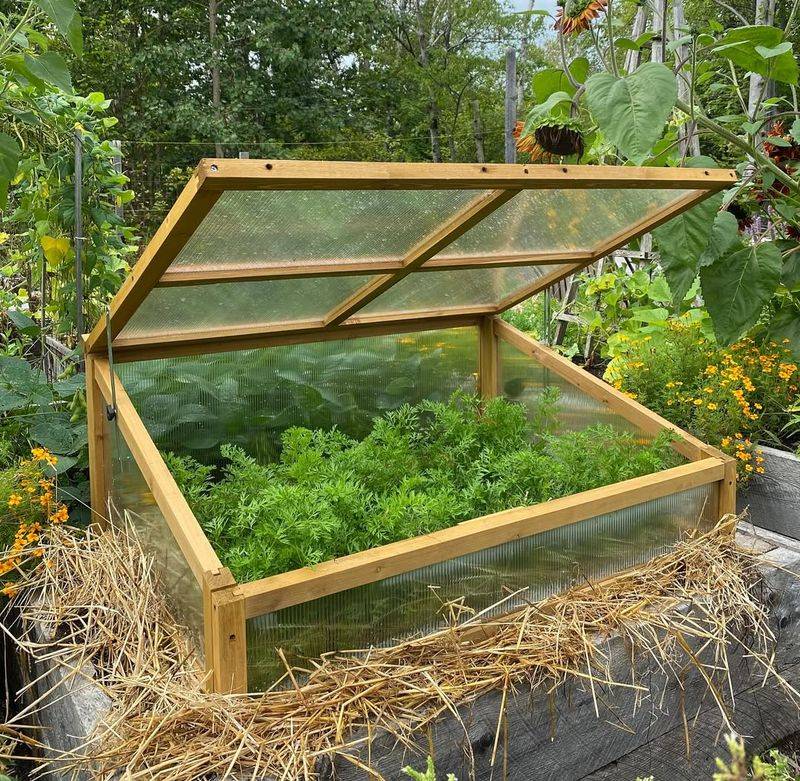Kansas gardeners know that planning a perfect garden and watching it grow are two very different things.
Mother Nature has her own ideas about what should happen in your backyard.
The 2025 growing season brought plenty of surprises that taught us valuable lessons about working with the weather instead of against it.
Late Frosts Fooled Everyone
Late frosts fooled gardeners across Kansas, because early April felt warm enough to suggest that spring had fully arrived.
Many people planted their tomatoes early, assuming the mild weather meant the danger of cold had passed for the season.
A surprise frost in mid-May swept through the state and destroyed countless tender plants, reminding everyone how unpredictable spring can be.
Waiting until after Memorial Day turned out to be the smarter approach, because planting only when nights stayed consistently warm protected young crops from sudden chill.
Drought-Tolerant Plants Saved Water Bills
Summer brought weeks without rain, and many Kansas towns faced tough water restrictions that challenged even experienced gardeners.
Those who planted native wildflowers and prairie grasses were relieved to see their landscapes stay resilient while their neighbors struggled with thirsty lawns.
Switching to drought-resistant plant varieties reduced water use, cut utility bills, and kept gardens healthier during the driest stretch of the year.
The season made it clear that choosing plants adapted to local conditions is one of the easiest ways to survive unpredictable weather.
Mulch Became Every Gardener’s Best Friend
With scorching temperatures climbing past one hundred degrees, any patch of bare soil quickly dried out and turned into a dusty, powdery mess.
Gardeners who added thick layers of wood chips or straw around their plants began to notice something remarkable as the heat intensified.
Mulched Kansas gardens stayed cooler, held moisture for much longer, and required far less frequent watering during the brutal waves of summer heat.
Pollinators Needed More Help Than Expected
Bee populations dropped noticeably this season, and many fruit trees ended up producing smaller harvests than gardeners expected.
Those who planted extra flowering herbs such as lavender and basil saw a clear increase in bee activity around their yards.
Creating pollinator-friendly spaces with blooms that last from spring through fall made a meaningful difference for the struggling local bee colonies.
The lesson was simple: a few well-chosen flowers can support wildlife while also improving the productivity of home gardens.
Wind Damage Required Better Staking Methods
Kansas winds blew much stronger than anyone predicted, knocking over tall corn stalks and snapping delicate pepper plants in half.
Traditional single-stake support methods failed quickly once gusts started exceeding forty miles per hour.
Gardeners began using cage supports and multiple tie points, which helped their plants stand firm even during the most intense prairie windstorms.
Soil Testing Revealed Hidden Problems
Many gardeners wondered why their vegetables grew slowly despite regular fertilizing.
Soil tests showed that Kansas clay holds onto certain nutrients while lacking others completely.
Adding compost and adjusting pH levels based on actual test results transformed struggling gardens into productive spaces within just one growing season.
Rain Barrels Captured Precious Runoff
When storms finally arrived, they dropped several inches of rain within minutes and then disappeared again for weeks at a time.
Smart gardeners placed rain barrels under their downspouts so they could capture every drop during those brief downpours.
Storing rainwater during wet spells gave them free irrigation during the next dry stretch, saving money and keeping their gardens green when city water became costly.
The season showed that simple water-catching strategies can make a big difference during unpredictable Kansas weather.
Season Extension Tools Paid Off
Cold frames and row covers felt like unnecessary extra work until an early freeze arrived in October and caught many gardens unprepared.
Gardeners who used these protection methods were still able to harvest fresh lettuce and spinach well into November.
Investing in simple season extenders allowed them to enjoy homegrown vegetables for several extra weeks, turning fall gardening into a surprisingly productive effort.
The season proved that a little preparation can stretch the harvest far beyond what unprotected plants can manage.

